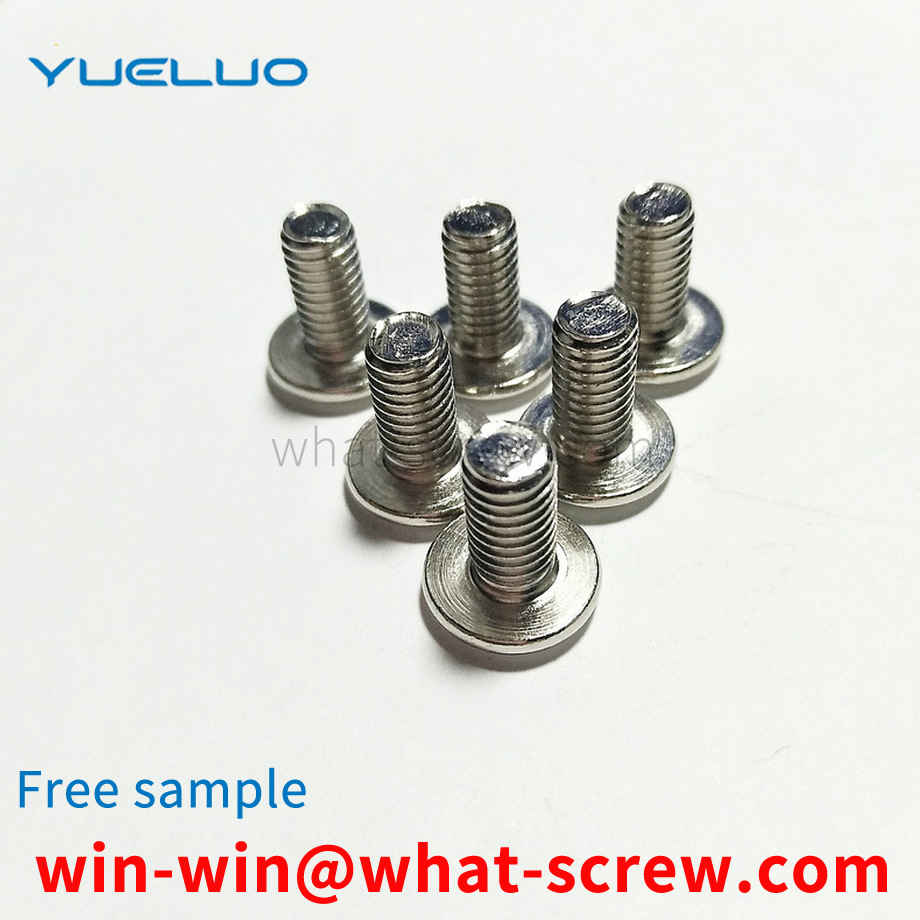The traditional dismantling of automobile girder rivets is mostly carried out manually, which has many defects such as long disassembly time, low disassembly efficiency, labor-intensive, time-consuming, labor-intensive, low operation safety, difficult protection, and easy injury.
Screw, some people call it screw [Screw] (screw), screw (screw rod). In fact, the screw is a general term, and the screw and the screw rod are different from each other. Screws are generally called Galwaywood screws; they are the ones with a pointed end at the front and a larger pitch. They are generally used to fasten wooden and plastic parts. The screw rod is a Galwaymachine screw (Galwaymachine screw), which is the kind of flat head at the front end. The pitch is small and uniform. It is generally used to fasten metal and machine parts.
In order to effectively improve the working efficiency of bearing installation when the equipment or device is being installed with flat pads, it is necessary to arrange the positions of the front and back of the flat pad.エ Time-consuming, labor-intensive, low production efficiency, high processing cost defects, at the same time, there is a shortage of unstable product quality, so the development of a flat pad front identification feeding mechanism has become a hot spot of industry research.
The existing automobile fastener nut is a common nut. After the nut is matched with the bolt, during the tightening or disassembly process, there will be a phenomenon of sliding wire, and the safety factor is relatively low; It is difficult to guarantee, easy to rust, requires frequent inspection and replacement, and increases the cost of using the car, which can no longer meet the needs of the market.
Standards are norms, and each country and sector has its own standards. The most commonly used standards in our daily business are as follows: GB—China National Standard (National Standard) ANSI—American National Standard (American Standard) DIN—German National Standard (German Standard) ASME—American Society of Mechanical Engineers Standard JIS - Japanese National Standard (Japanese Standard) BSW - British National Standard GB - National Standard is one of many standards in my country, as well as industry standards, professional standards and department standards. National standards are divided into: GB (mandatory standards) and GB/T (recommended standards) and GBn (national internal standards) and so on. We usually see GalwayGB30, GB5783, etc. are mandatory standards. In addition to some basic dimensions such as head-to-side, head thickness, etc., the above standards are mainly different in the threaded part. The threads of GB, DIN, JIS, etc. are all in MM (millimeters), which are collectively referred to as metric threads. Another thread like ANSI, ASME, etc. is called American standard thread in inches. In addition to metric threads and American threads, there is also a BSW-imperial standard, whose threads are also in inches, commonly known as Wyeth threads.
We have many years of experience in the production and sales of screws, nuts, flat washers, etc. The main products are: grade 8 gaskets, GalwayGalwayhandle screws and bolts, multi-model optional nuts, shelf screws and other products, we can provide you with suitable fastening products piece solution.



















 Service Hotline
Service Hotline




